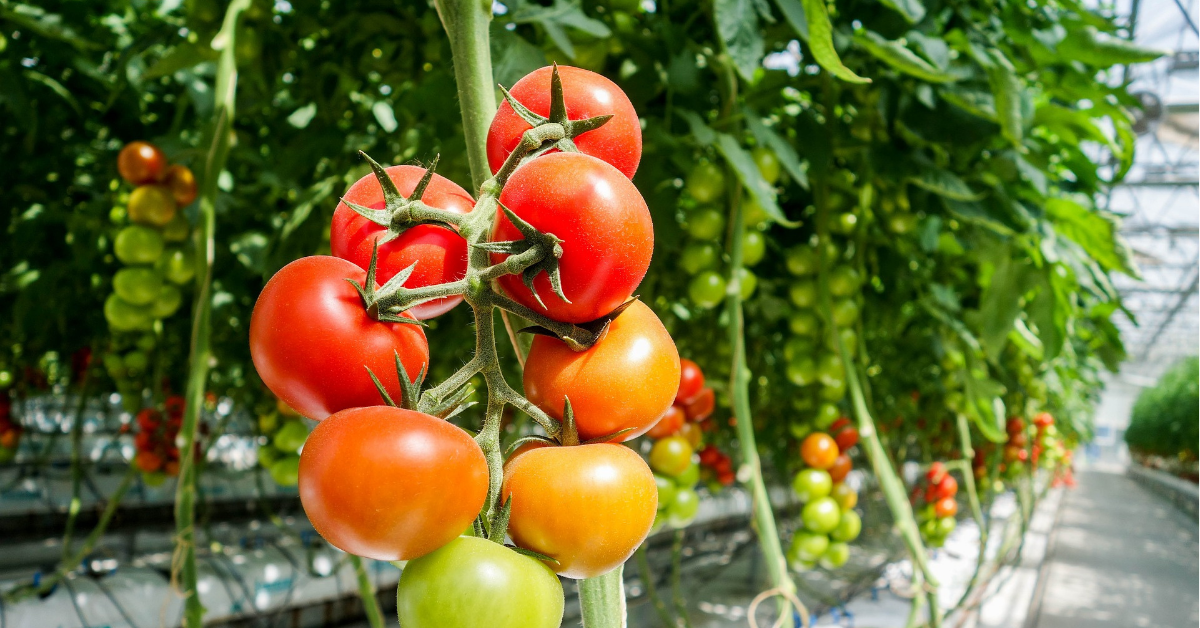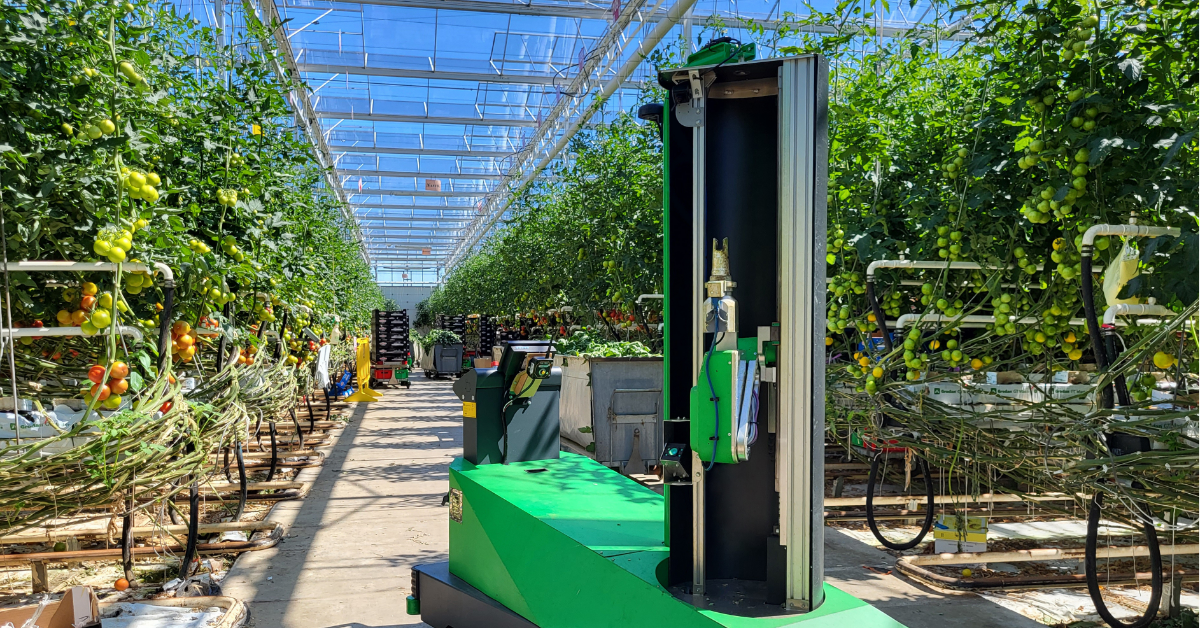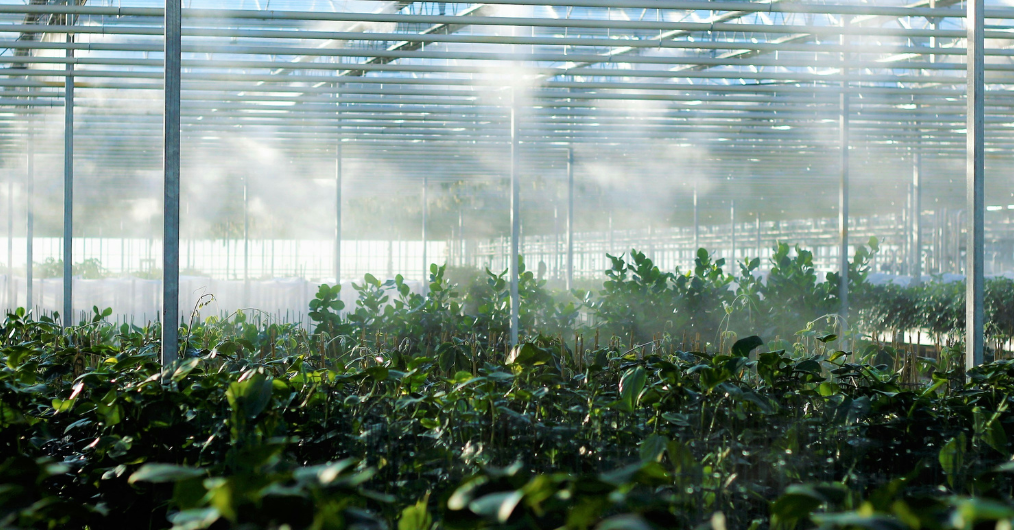Cultivation without high-risk pesticides is possible, say experts
Given that the use of “conventional” chemical crop protection in horticulture is under pressure, GreenTech Amsterdam’s knowledge session* entitled “Integrated Crop Management for Healthy Plants” saw experts discuss how growers can best create resilient but profitable cropping systems without the use of these chemical pesticides.
Guido Roozemond, global product manager for Koppert, noted that, in Europe, there will be a drop in the number of chemical pesticides (actives) registered over the next few years – meaning that “we will have less products available for the control of pests and diseases.”
He added that there will, however, be an increase in biological actives – but this increase “will not be as rapid as we would like it to be. And that's mainly because of registration hurdles and long timelines in the registration. So, this means actually that we need to get the most out of the [biological] products that are available in the market.”
Johanna Bac-Molenaar, a plant health researcher at Wageningen University and Research’ Greenhouse Horticulture business unit, explained that – as we look to the future – crop cultivation without “conventional” chemical pesticides requires growers to combine different “building blocks of green innovations,” including biological controls. “And if you combine these building blocks, then we think you can get a real, resilient cultivation system.”
Hygiene
The audience learned that “being clean and staying clean” is the first place to start. Dik van Alphen, international operations manager for global plant breeder Royal van Zanten, advised growers of glasshouse crops to begin their production cycle with clean plant materials – making wise plant selections.
He noted that another simple measure is to ensure the glasshouse has a “double door” to reduce the risk of pests and diseases being brought into the growing area. He explained: “You see a lot [of pests and diseases] just being brought in by people. So, you wash your hands. You wear aprons, if you walk outside in the grass, you don't you don't take any insects inside. Just simple things like it.”
Van Alphen also advised growers to empty and disinfect their greenhouses after each crop cycle. He pointed out that Royal van Zanten staff members “plant an empty greenhouse in one go.” “This way, you know for sure that you don’t have any insects wandering around. So, it's all about prevention. And then the other one is teamwork – really developing a knowledgeable team.”
“And we focus on developing our team and production sites. So not only in Uganda, Colombia, but also in the Netherlands – trying to connect our growers worldwide. Because if you tap into each other's network, you will you learn and you find solutions.”
“But we also really work closely to with competitors...We all benefit from a clean [horticulture] sector.”
Optimal growing conditions
Bac-Molenaar noted that in order to creating resilient cropping systems without (“conventional” chemical) pesticides growers need to mindfully create optimal growing conditions for their crops. This includes putting the right irrigation systems in place for each cultivar because “the differences in irrigation [requirements] between plants are quite big.”
It also includes creating conditions that block pests but stimulate biological controls. One such way of doing this is through the use and establishment of natural enemies – “good” insects that eat the pest insects. She revealed that one of Wageningen’s experiments showed that the use of additional food and banker plants such as Alyssum, Sedum and Tagetes (marigold) can help these beneficial insects stay in the crop much longer and even make a second generation. They offer, for instance, a hiding place for them, and somewhere where they can lay their eggs or where they can be fed.
Roozemond highlighted how biological insecticides – including entomopathogenic fungi (EPF) – can also help growers build up their integrated pest management (IPM) systems. With the need to “start clean” in mind, growers can apply EPF at the start of the cultivation or directly after planting. EPF can also be used when pest pressure starts to increase and the beneficials cannot keep up. Growers (especially those in the ornamentals sector) are also using EPF in their regular spray programmes, he said.
Bac-Molenaar added that Wageningen has trialled some innovative physical measures to treat powdery mildew. These include the use of UV-C light and a “raining” technique that wets the top of the plants. “The spores of powdery mildew, they cannot stay very long in water – they cannot handle the atmospheric pressure,” she explained.
Induced defences
The audience learned that helping to make the plant cultivars resistant to pests and diseases is another key part of creating a resilient crop. This includes choosing cultivars that are not just high yielding but also robust.
“And because we know it's not possible to have a cultivar that's resistant to all the different type of pests and diseases it's also important to work on the strength of the plant itself,” said Bac-Molenaar.For example, an experiment carried out at Wageningen demonstrated how the application of the plant hormone methyl jasmonate (MeJa) can trigger induced plant defences against insect pests such as thrips.
Resilience by design
Clearly, there are many “building blocks of green innovations” available to growers. Bac-Molenaar therefore concluded that, in short, cultivation without high-risk pesticides is possible provided that growers carefully consider the design of their cultivation system, think about how to prevent pests and diseases from coming in, and – if they do come in – make a strategy that combines different ways of tackling them.
*This knowledge session was hosted by Jolanda Heistek, director Greenport West-Holland.
Share your horticulture technology stories with us
Do you have an innovation, research results or an other interesting topic you would like to share with the international horticulture technology industry? The GreenTech website and social media channels are a great platform to showcase your stories!
Please contact our Brand Marketing Manager Murkje Koopmans.
Are you an GreenTech exhibitor?
Make sure you add your latest press releases to your Company Profile in the Exhibitor Portal for free exposure.
Have exclusive horticulture technology news delivered to your inbox
The GreenTech monthly newsletter brings you the latest exclusive horticulture technology news and updates about our global horticulture technology trade shows and events.
Join over 32,000 of your peers and receive:
☑ Exclusive commentary from industry leaders
☑ The latest news from the GreenTech team
☑ Stay up to date with all the latest news about our events





